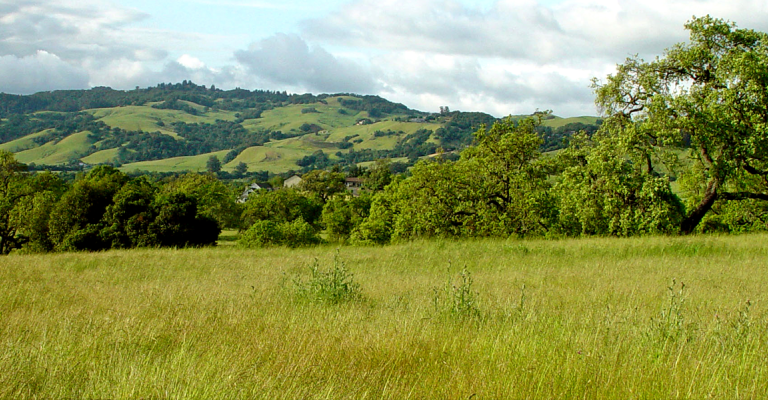Service-Learning in Theatre Arts & Dance
Service-learning activity usually falls into two categories:
Type 1: Teaching/tutoring/sharing knowledge from the class.
Example: Dance students at the University of Wisconsin-Milwaukee partnered with community storytellers of the Walnut Way Conservation Corporation to perform a representation of their oral history. They took on the role of dance teachers, as well as performers, instructing both middle and high school students in the choreography. One student reflected, “The experience also helped me pay more attention to detail in class and to the way I learn personally—this stemmed from my teaching experiences during the outreach and finding out how the kids reacted to my teaching style.” Another student noted, “Teaching is my biggest passion and I was so grateful to be able to teach in those schools. We were all there to dance together…we were connected by dance.” 1
Type 2: Using information from the class to do something with/for a community organization.
Example: Dance students at the University of Wisconsin-Milwaukee partnered with community storytellers of the Walnut Way Conservation Corporation to perform a representation of their oral history. Walnut Way is primarily an African-American neighborhood. The themes of arrival/migration, social life, spirituality, and segregation/civil rights were explored in the choreography and the selection of music.1
Please contact [email protected] for more information.


